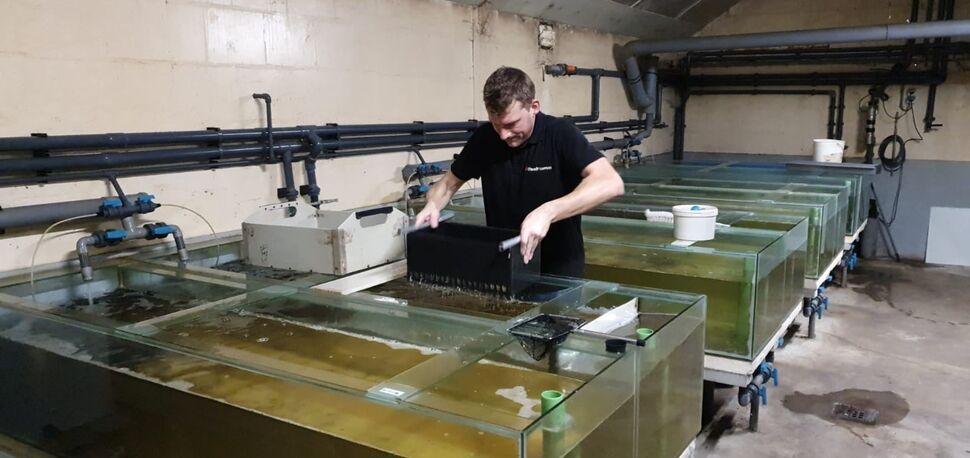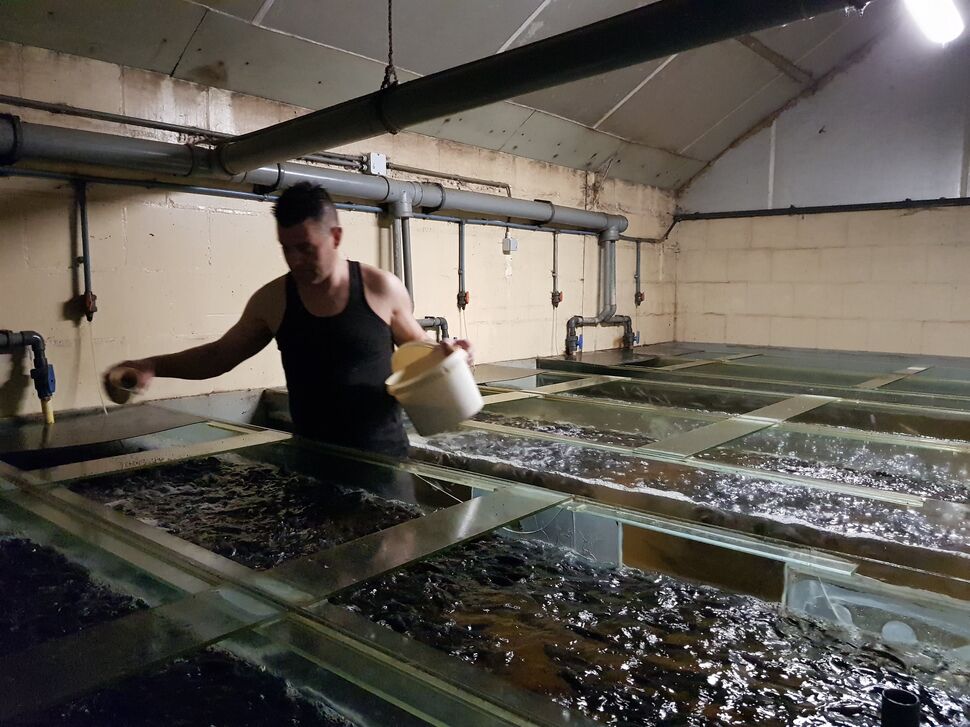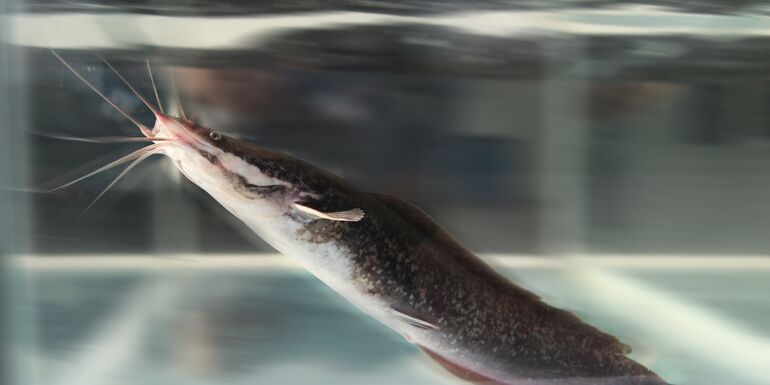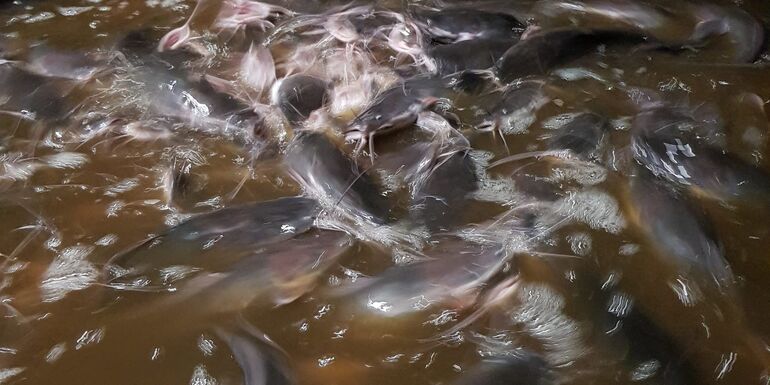
Farming Catfish in RAS - Looking behind the scenes
In this Catfish RAS-special, you will read Niels Jeuken’s first-hand account of diving into the world of farming African catfish (Clarias gariepinus) in a recirculating aquaculture system (RAS) at Van Melis Catfish Farm, operated by Rick van Melis and his wife, Wendy.
Please note that this visit took place before social distancing and other restrictions were put in place due to the COVID-19 outbreak.
At Alltech Coppens, we firmly believe that working closely with our customers enables us to thoroughly research, develop and produce tailored aquatic feeds. Being driven by key market insights at a customer level (on-farm) makes Alltech Coppens stand out in the industry.
First, I feel very proud to work with a firm that strongly values training and developing its staff, equipping them with the experience and knowledge they will need in their future career. Second, it is unique to have the opportunity to join a farmer’s weekly routine, experiencing the daily life of a fish farmer. Because it is simply impossible to learn how to farm fish in just a week, we decided the approach would be to learn to understand the mindset and way of working of a fish farmer. While doing so, I would immerse myself in the daily farm activities on Van Melis Catfish Farm, overcome challenges and learn to understand key facets at a farm level.

Early on my first day, I experienced Rick’s pragmatic approach and his unruffled attention to detail. The first lesson was the importance of biosecurity and respecting hygiene rules — wearing appropriate clothes and disinfecting my hands/arms every single time I entered or left the farm. Second, he explained that the most important aspect of farming fish is to keenly observe fish behaviour and condition, monitor water quality and system parameters and provide good quality, constant feed, free of dust and adapted to RAS. In that respect, Special Pro, specifically developed for African catfish in RAS, is the perfect product.

We start every day by doing a round through the facility, where we check every tank, first observing the fish behaviour and condition. Then we check the self-feeder, clean it and adjust the feed level (if necessary). Finally, we remove the occasional dead fish from the tank. All information regarding feed rate, quality of feed and water, fish behaviour and mortality is collected and logged, indicating the farm’s performance. Next, we conduct an essential check of the RAS-system, where the sedimentation filter is first flushed and then cleaned thoroughly. We then reopen the inlet that allows the system water to flow.
“Over the years, we noticed that this procedure slightly disturbs the peace in the farm, causing minimal stress for the fish,” explains Rick.
“So, we add a fraction of salt to the system, ensuring the fish copes optimally with this routine.”
Van Melis Catfish Farm has its own hatchery and grow-out farm. The grow-out facility consists of three farms, each holding 18 tanks with a maximum capacity of 3,000 kg of fish (2,000 individuals). In the hatchery, you will find 40 aquarium tanks. Having this many tanks allows for frequent grading. It is by grading that you can ensure that each batch is made up of a homogenous group of fish. Here it is again vital to tailor your feed protocol according to the nutritional need, depending on the life stage of the fish.


